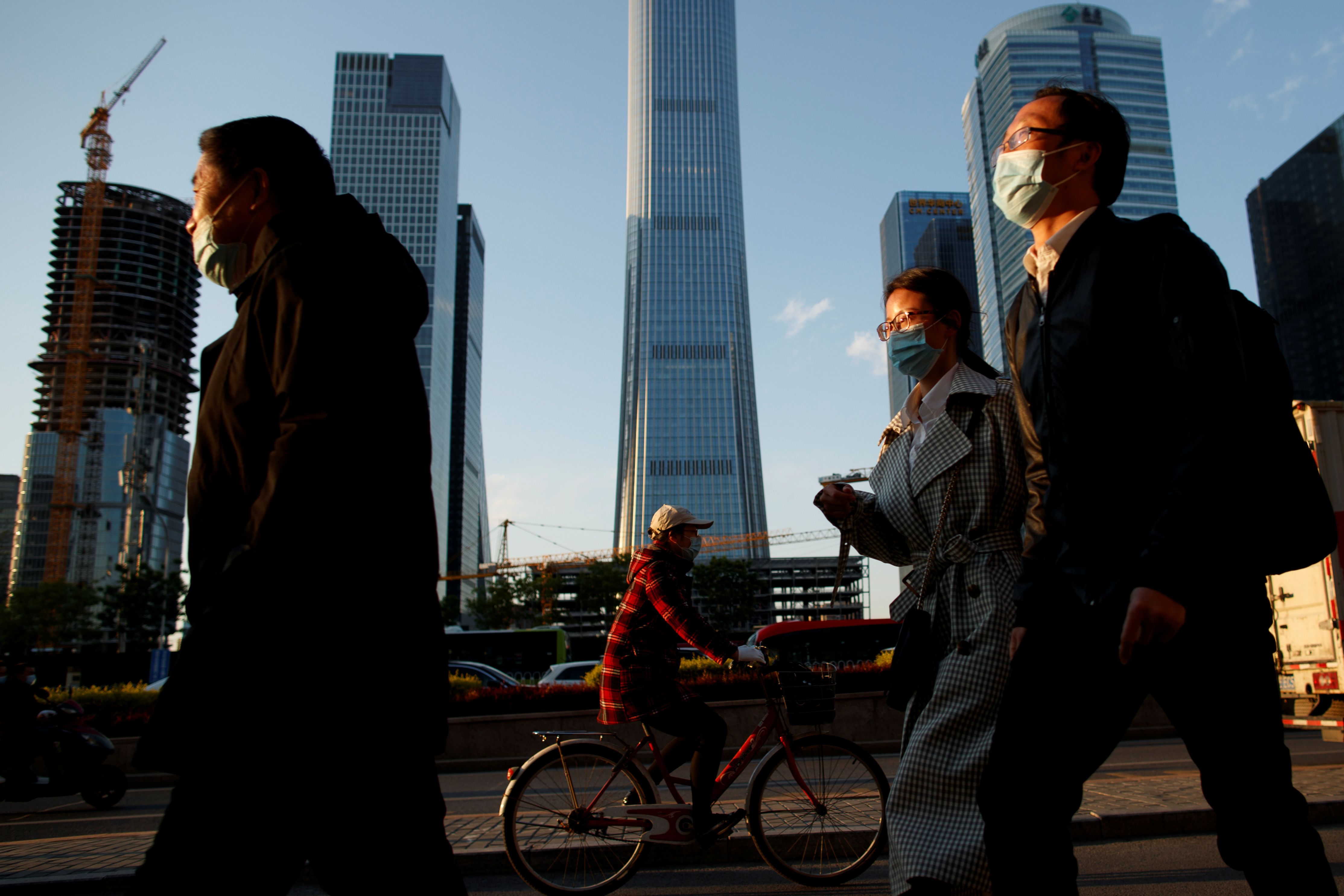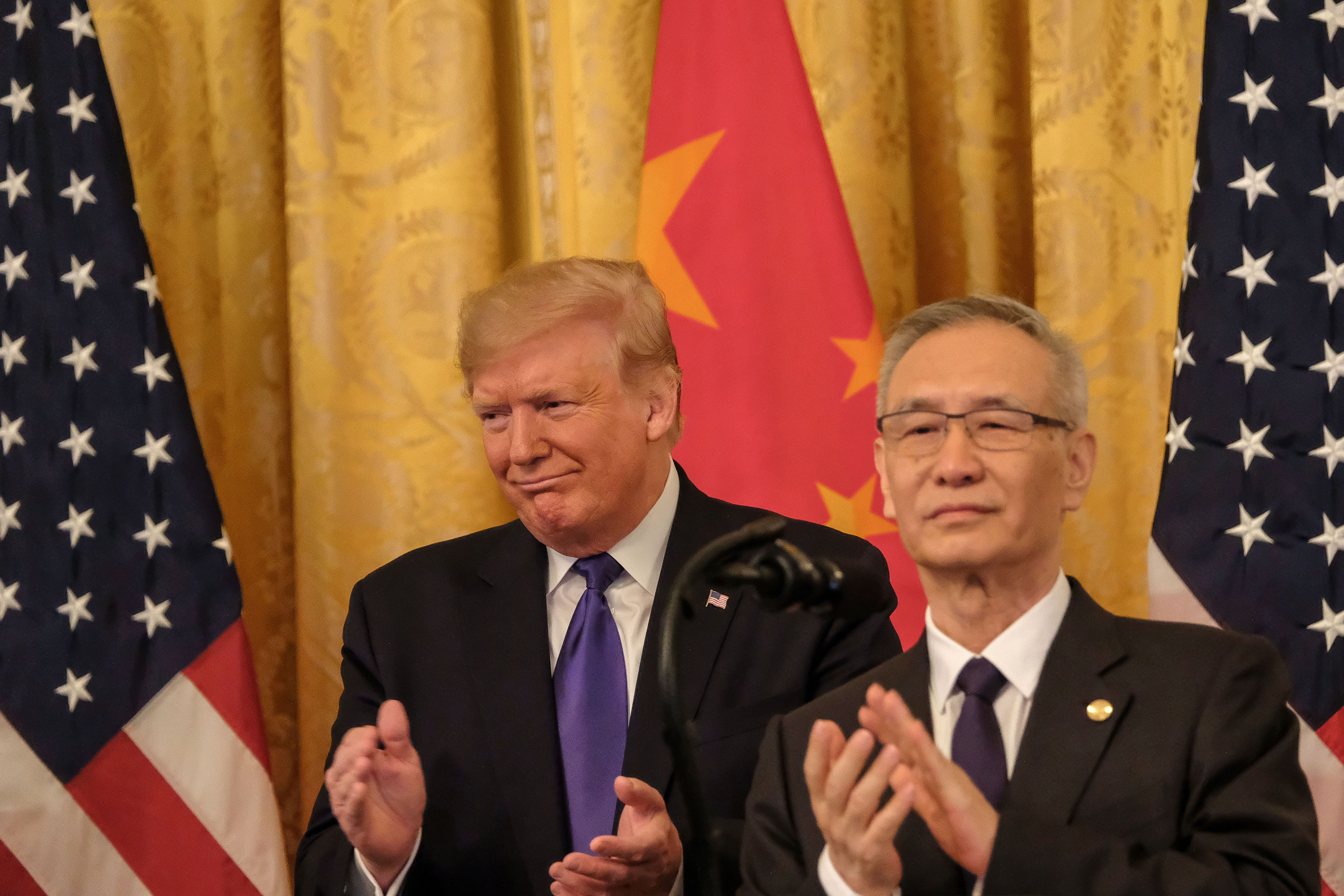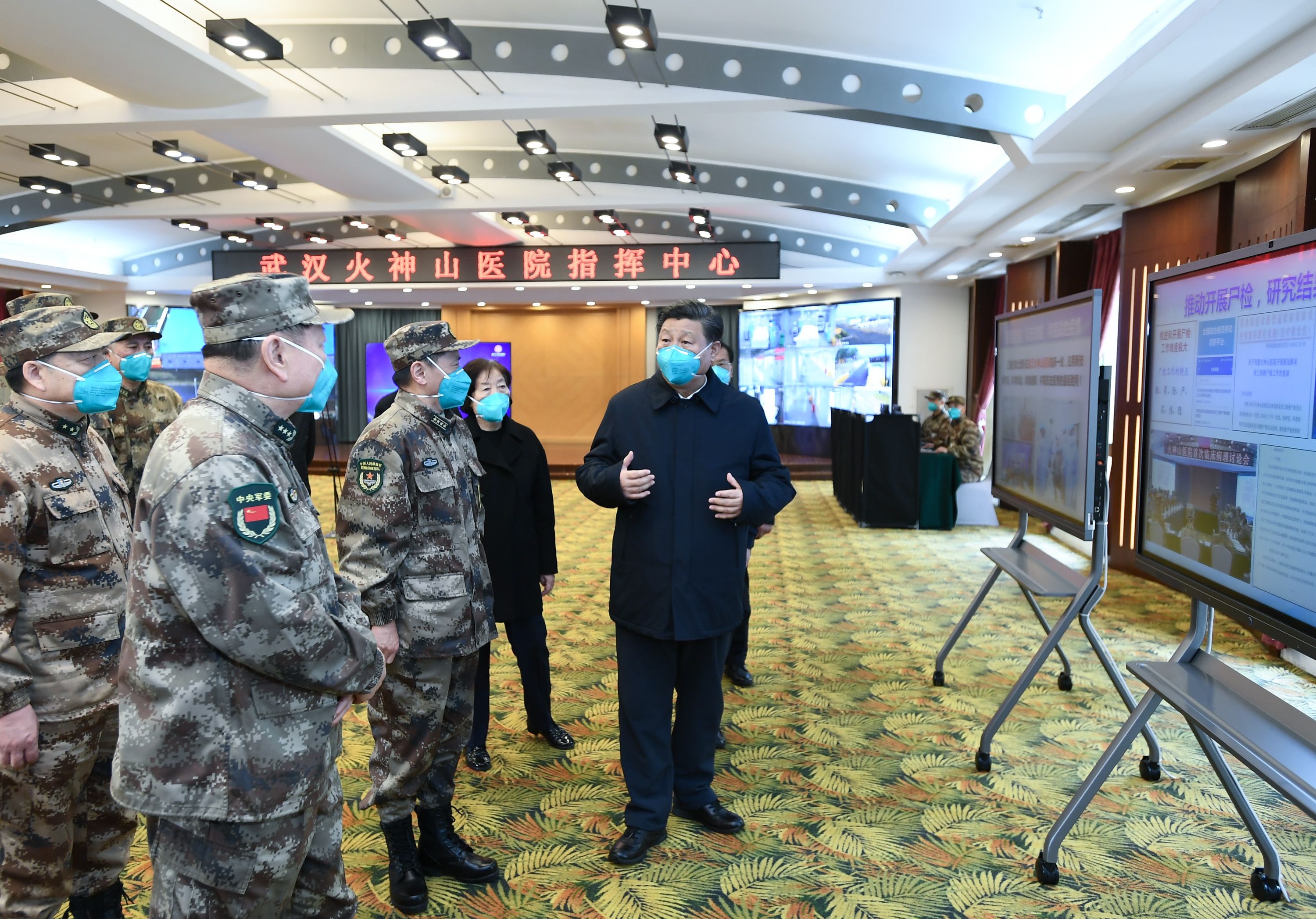Impact of the COVID-19 Pandemic on the Chinese Economy

Historic Declines and a Difficult Rebound
As a result of the COVID-19 pandemic and the introduction of sharp restrictions in China in the first quarter of this year, consumption decreased by 19% year on year. Industrial production decreased (by 8.4%), which disrupted the functioning of global value chains. The value of exports decreased by 11.4%, imports by 0.7%, and investments by 16.1%. Moreover, the business revenue of service enterprises dropped by 11.5%. A slight improvement was seen in April. Industrial production grew by 3.9% and the value of investment between January and April decreased by 10.3% (5.8 p.p. less than in the first quarter). Although in April exports increased by 8.2% (in USD, 3.5%), it was because of the growth in sales of medical equipment and completion of delayed orders. In the same month, imports dropped by 10.2% (in USD, 14.2%) and consumption decreased by 7.5%.
These data point to difficulties in restarting the economy after the apparent suppression of the SARS-CoV-2 virus in China. The increase in production, along with weak consumption and investment expenditures, shows that the crisis is transforming from supply- to demand-driven. Concerns regarding a “second wave” of infections and an increase in unemployment (officially in the urban areas, it amounts to 6%, but in reality it could be as much as 20%) hamper consumer spending on goods and services. Layoffs may especially affect export-oriented companies. In the first quarter, China’s exports to key partners the U.S. and the EU fell by over 25% and 16%, respectively (in USD terms). Moreover, industrial companies are signalling a drop in export orders in April. These factors increase the likelihood of low growth dynamics in China in 2020. According to the IMF, growth will amount to 1.2% (the lowest since the 1970s), but it would still be the biggest increase among large economies.
Ways to Counter the Crisis
The authorities are taking measures aimed at achieving strong growth in 2021 (according to the IMF, it could be as high as 9.2% of GDP). One of the main instruments is infrastructure investment at the central and local levels (in total worth about $7 trillion, of which slightly over $1 trillion is planned for 2020). In addition to road and rail infrastructure, the plans provide support for the modern technology industry, including 5G and artificial intelligence. Investments in “new infrastructure” could reach up to $250 billion.
The authorities are also trying to increase liquidity in the banking sector. In the first quarter, the People’s Bank of China supported it with over $500 billion, including buying securities. It also lowered interest rates and capital reserve limits in banks to increase lending. In addition, the authorities have reduced taxes on corporate profits and their social contributions to prevent large-scale bankruptcies.
In the face of a slump in foreign demand, stimulation of consumption is key (its share in China’s GDP is about 40%; in 2018, the global average was 63%), including the use of citizens’ savings (in 2018, these amounted to about 46% of GDP). The authorities grant loans to companies to maintain employment or encourage exporters to sell in China. Some provinces and companies issue shopping vouchers. There are also ideas of direct financial support for around 80 million self-employed or salary subsidies. The authorities also suggest reforming the hukou, the registration and social benefits system for citizens. This would facilitate access to education or healthcare (the government announced an increase in state funding) for people coming to cities and reducing their propensity to save for these purposes.
International Impact
In the near future, China’s priority in relations with foreign partners will be to create conditions for an economic rebound. Although the authorities announced the implementation of the so-called phase-one deal with the U.S., due to weak demand, buying more American goods will become more difficult. Along with the U.S. accusations that China caused the pandemic and concealed information about it, as well as the related threats of new duties or sanctions, the trade disputes may resume. However, due to the poor economic situation in the U.S., retaliation may be limited.
The investment agreement with the EU will probably not be finalised this year, mainly because of a lack of interest from China, while its capital will be needed for investment in the internal market. China will limit investment in the EU to modern technology industries, including those companies that have lost value as a result of the crisis. Some Chinese companies will also limit their activities in the EU (e.g., Hisense announced group redundancies in Slovenia). China will also reduce investments under its Belt and Road Initiative. A challenge for China is the launch by Japan and India of mechanisms supporting the relocation of production outside China (the U.S. is also considering one) to reduce dependence on supplies from that country.
Conclusions and Perspectives
The scale and pace of the rebound of the Chinese economy will depend mainly on consumption and the state of the world economy. At the same time, the recession in large economies, including the EU and the U.S., will relatively weaken them against China, which, among others will further reduce their ability to press for changes in China’s policies. The high costs of supporting the economy along with reduced tax revenues will increase the likelihood of a financial crisis in China. Although the government sector debt is only about 55% of GDP, the provinces’ debt at the end of March this year was about $3.2 trillion (over 20% of GDP). Another problem is the complex structure of the local debt, including “hidden debt”, for example, in special purpose vehicles implementing investments (at the end of 2018, this debt was estimated at about $6 trillion, or over 40% of GDP). Speculative bubbles on the real estate market and elsewhere, where some of the money from loans can be channelled to immediate goals, are also a threat.
Instability of demand in foreign markets, rivalry with the U.S. or tensions with the EU may result in a partial “decoupling” of China from the world economy and its focus on increasing the share of consumption in GDP. China will also try to replace imports of intermediates with its own production. For example, the use of Huawei processors instead of foreign ones in smartphones is growing. Work on a Chinese operating system in Huawei smartphones (instead of Android) is advanced. Chinese institutions are prohibited from using Microsoft products, and from June this year, further requirements for internet service providers will enter into force. These provisions, along with the implementation of a social credit system, will hamper the activities of foreign companies in China.
The process of China’s partial “decoupling” from the EU and the U.S. could also be strengthened by the eventual international investigation into China’s responsibility for the COVID-19 pandemic. This is promoted by the U.S. (it even suggests the possibility of freezing Chinese assets) and Australia. China rejects responsibility for the spread of the coronavirus and instead promotes a positive role in fighting it. However, it is aware that, among others, Chinese disinformation can worsen its image in many countries and aggravate the conflict with the U.S. The inability to change policy is mainly due to the dominance of rhetoric emphasizing the advantage of the Chinese political and economic model over liberal democracy. It is backed by the rapid suppression of the first wave of the pandemic in China.
Weaker demand on the Chinese market will mean worse sales for EU companies, particularly in the automotive and machinery sectors. European companies may also seek to continue to move part of their production outside China. However, a large part of the investments will remain in China due to their relocation costs and the importance of the Chinese market. Protecting against the takeover of European companies by Chinese entities, the EU may ensure its investment-screening mechanism is effective and allow greater entitlements for Member States to grant public aid to which the European Commission has agreed. The EU, through a plan to create the Strategic Investment Facility, among others, and its Member States (e.g., France) are encouraging domestic companies in strategic sectors (such as medical) to relocate production to Europe. At the same time, the EU may signal to China that it may change its policy direction in the event of further opening of the Chinese market.






